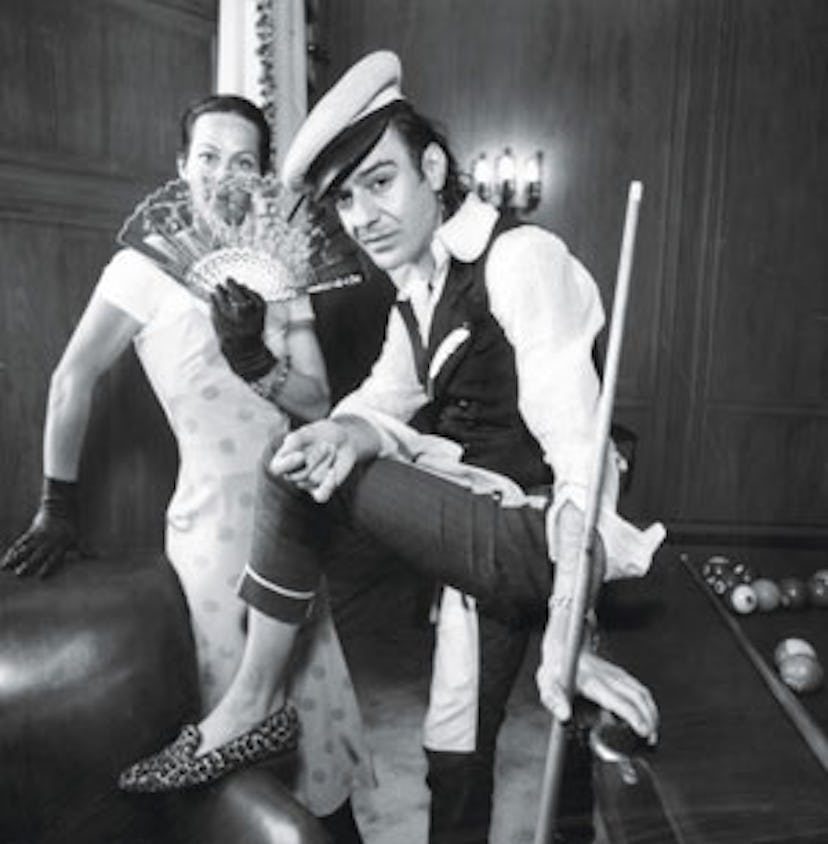Glorious Galliano
With horses galloping alongside the catwalk and models adorned with taxidermied butterflies, John Galliano’s runway shows have never been boring...

With horses galloping alongside the catwalk and models adorned with taxidermied butterflies, John Galliano’s runway shows have never been boring—and the same can be said of the designer himself. Over the years, the Gibraltar-born couturier has sported dreadlocks, a Dalí-esque mustache, pirate garb and colorful pedicures. “You’ve got to be in touch with your femininity,” he explained to Women’s Wear Daily, W’s sister publication, in 1994, peeling off his socks to reveal fiery red toenails. His elegantly cut gowns have helped his customers do the same. “Women have been shortchanged for quite long enough now,” he told W in 1993, referring to the trend of deconstructed dresses. “We should return to things that mean a bit more.”
Galliano first hit fashion’s radar in 1984, with his French Revolution–inspired graduation collection from Central Saint Martins in London. Despite critical raves, there were financial woes until the then 34-year-old was tapped to succeed Hubert de Givenchy in 1995. He jumped to Dior a year later and has remained at that label’s helm ever since.
Still, the wild child’s affiliation with storied houses did little to dampen his passion for partying. After scoring the Givenchy post, he jetted off to Ibiza. “I want to remain John Galliano—someone who works in an atelier but also goes to clubs and dances for 24 hours,” he explained to WWD. A year earlier, WWD reported that he had been evicted from his Paris apartment because of his incessant fetes. A more formidable gaffe came in 1996: After accepting an invitation to a dinner Queen Elizabeth was holding for Jacques Chirac, Galliano pulled a no-show without bothering to call with an explanation. He later blamed it on a migraine.
The designer’s fondness for big fashion themes, from Mata Hari to Native Americans, has sometimes led him into politically incorrect waters. His spring 2000 collection for Dior, inspired by homeless people, caused the loudest uproar. “I don’t feel the need to apologize,” Galliano told WWD that year, calling his critics “bourgeois people, condescending and smug.” And anyway, as he remarked to W in 2002, “better to be talked about than not.”